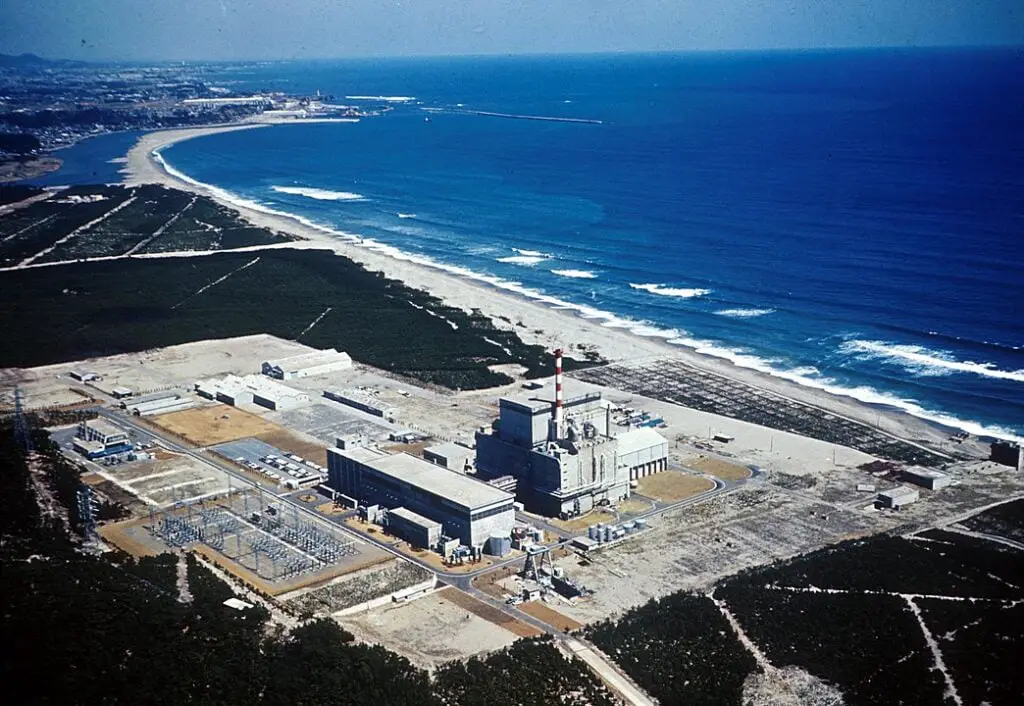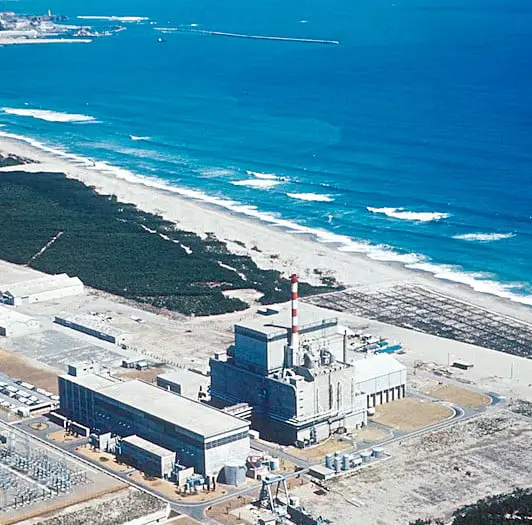
In a world where nuclear power has become an essential source of energy, the potential for disaster remains ominously close. The Tokaimura nuclear accident serves as a stark reminder of the consequences of inadequate safety measures and lack of proper training.
This tragic tale of Hisashi Ouchi, the man who suffered the highest level of radiation in history, exposes the dark side of the nuclear industry and the painful lessons it has to teach.
A Fateful Day: September 30, 1999
It was a seemingly ordinary day at the Tokaimura nuclear fuel-processing plant in Japan. Hisashi Ouchi, an unsuspecting nuclear power plant technician, along with two other workers, were tasked with mixing a new batch of fuel. Little did they know that their inexperience and an improper method would unleash a catastrophe that would not only change their lives but also send shockwaves throughout the nuclear industry.
As the workers began their task, they were unaware that they were setting the stage for disaster. Using an improper tank and pouring seven times the amount of uranium needed, they inadvertently triggered a nuclear chain reaction. This released lethal emissions of radiation, with Ouchi receiving the highest dose ever recorded in history, estimated to be between 16 and 25 gray equivalents (GyEq).
A Race Against Time
As the horrifying reality of the situation dawned on them, Ouchi and his colleagues were rushed to a nearby hospital, displaying symptoms such as nausea, dehydration, and diarrhea. Their bodies, overwhelmed by the radiation, began to break down at an alarming rate, unable to create new cells and causing organ failure.
Hisashi Ouchi: The Man Who Endured the Unthinkable
Of the three workers, Ouchi bore the brunt of the radiation exposure. Most of his skin fell off, and he began crying blood due to the extent of the damage. With almost no white blood cells left and no immune system, Ouchi was placed in a special ward at the University of Tokyo Hospital to prevent infection.
As doctors assessed the damage to Ouchi’s internal organs, they realized the severity of his condition. The medical team, racing against time, turned to revolutionary stem cell procedures in a desperate attempt to save his life.
Despite their valiant efforts, Ouchi’s condition continued to worsen.
His skin began to melt from his body, and he suffered three heart attacks in one hour. Through it all, Ouchi’s family insisted that doctors continue experimental treatments, clinging to hope even as they witnessed his unbearable suffering.
Finally, on December 21, 1999, Ouchi succumbed to multiple organ failure, leaving behind a grieving family and a world that had watched in horror as his story unfolded.
The Aftermath: Lives Lost and Lessons Learned
The Tokaimura nuclear accident did not claim only Hisashi Ouchi’s life. His colleague, Masato Shinohara, also suffered from the radiation exposure and passed away seven months later. The supervisor, Yutaka Yokokawa, faced criminal charges of negligence, while the plant operator, JCO, paid $121 million to settle compensation claims from affected locals.
The tragedy also served as a wake-up call for the nuclear industry, prompting extensive investigations into the causes of the accident.
A History of Criticality Accidents
Before the Tokaimura accident, 21 criticality accidents had occurred between 1953 and 1997. The Japanese government’s investigation into the Tokaimura incident revealed that inadequate regulatory oversight, lack of an appropriate safety culture, and insufficient worker training and qualification were the main causes of the accident. These findings exposed a glaring need for change within the industry, which could no longer afford to ignore the consequences of cutting corners in safety and training.
Consequences for the Company and Officials
In the aftermath of the tragedy, the company that operated the plant and at least one of its officials were assessed fines and suspended prison terms. These penalties served as a stark reminder of the importance of adhering to safety regulations and the responsibility that comes with managing a nuclear facility.
The Tokaimura nuclear power plant itself continued to operate under a different company until the 2011 Tōhoku earthquake and tsunami. After this devastating natural disaster, the plant shut down and has not operated since.
The Legacy of the Tokaimura Accident
The tragic story of Hisashi Ouchi and the Tokaimura nuclear accident left an indelible mark on the world and the nuclear industry. It emphasized the importance of strict safety regulations, proper worker training, and fostering a culture of caution and preparedness.
As we continue to rely on nuclear energy in the modern world, the Tokaimura accident serves as a cautionary tale of the potential devastation that can result from human error and complacency. The painful lessons learned from this tragedy must not be forgotten.
In the years since the accident, efforts have been made to improve safety regulations and worker training in the nuclear industry. Governments and nuclear companies alike have a responsibility to ensure that history does not repeat itself and that the sacrifices made by Hisashi Ouchi and his colleagues were not in vain.
A Reminder of Our Vulnerability
The story of the Tokaimura accident also reminds us of our vulnerability in the face of such powerful forces as nuclear energy. While we harness this energy to improve our lives and advance our technology, we must also acknowledge the potential for catastrophe if we fail to respect its power and the stringent safety measures required to manage it.
As we reflect on the harrowing tale of Hisashi Ouchi and the Tokaimura nuclear accident, we must remember the heavy price that was paid and strive to create a safer, more responsible future in the nuclear industry. The legacy of this tragedy must serve as a constant reminder of the importance of vigilance, preparedness, and the human lives that hang in the balance.





